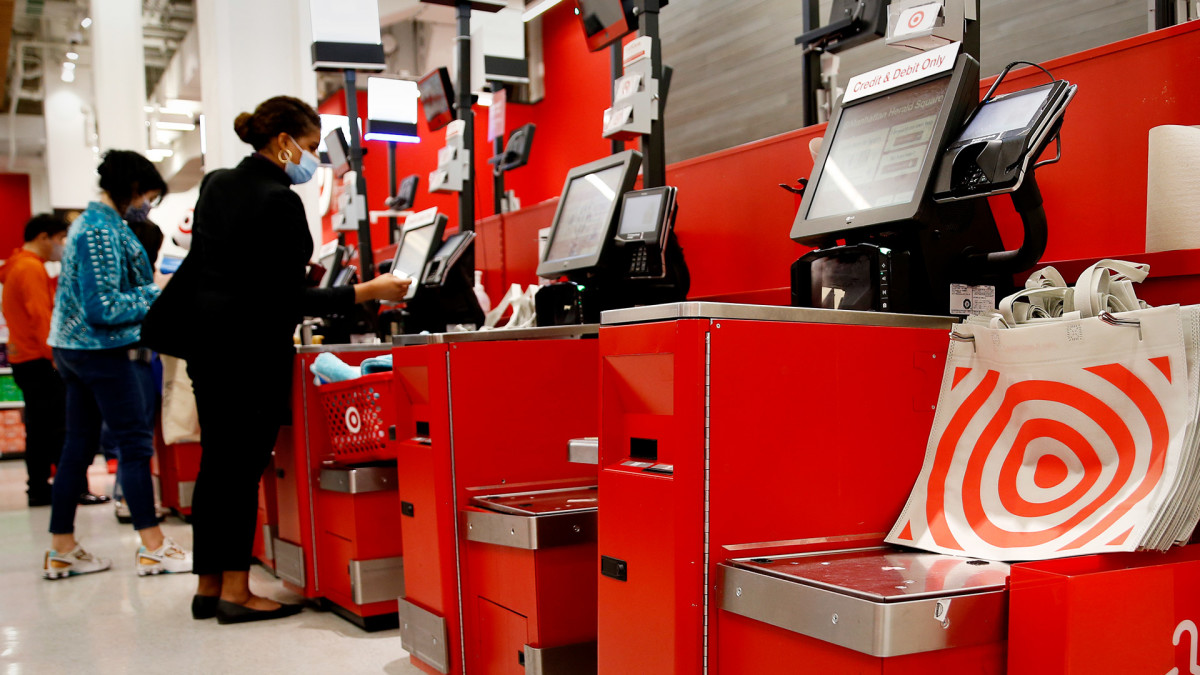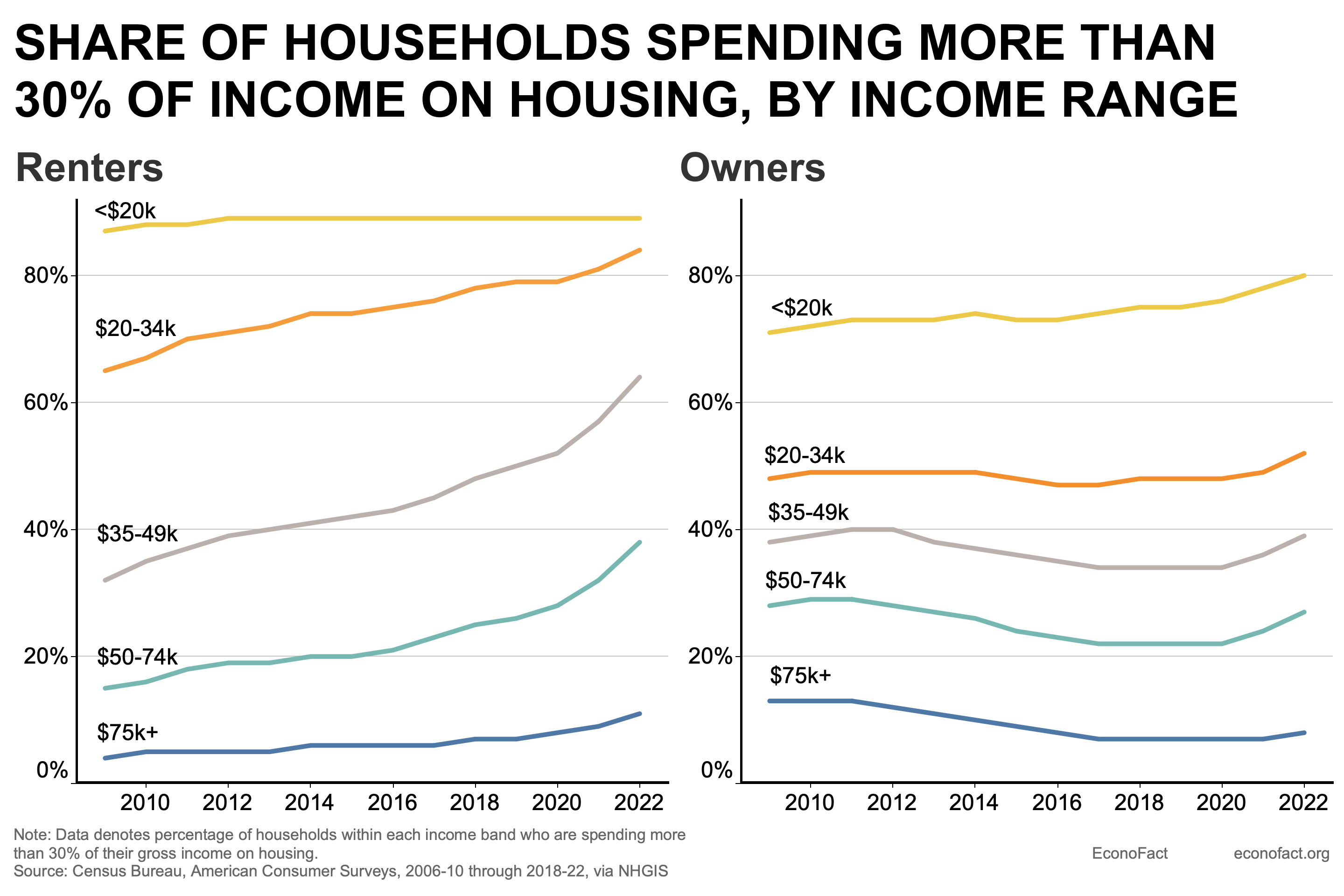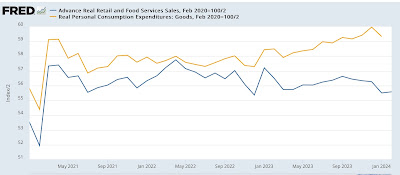Uncategorized
$308M crypto laundering scheme busted, Hashkey token, Hong Kong CBDC: Asia Express
Asia Express: Ringleaders of $308M P2P crypto laundering scheme jailed in China, Visa’s Hong Kong CBDC trial a success, Hashkey token.
…

Asia Express: Ringleaders of $308M P2P crypto laundering scheme jailed in China, Visa’s Hong Kong CBDC trial a success, Hashkey token.
Visa completes Hong Kong digital currency trial with HSBC and Hang Seng
Hong Kong is one step closer to a central bank digital currency (CBDC) with the release of its successful phase 1 results in collaboration with Visa, HSBC and Hang Seng Bank.
According to a Nov. 1 announcement, Visa said that it achieved “near real-time” finality with transfers involving tokenized deposits of the digital Hong Kong dollar (e-HKD).
Tokenized deposits were burned on the sending banks ledger, minted on the receiving banks ledger, and simultaneously settled interbank via the simulated wholesale CBDC layer,” the payments firm wrote.
“This would provide for settlement in an atomic manner with better streamlining of any operational dependencies imposed by financial institutions and other intermediaries, thus improving liquidity management.”
The payment processor also stated that its digital HK dollar test pilot was functional 24/7, surpassing the uptime of traditional financial systems, which typically don’t function after hours or on weekends. In addition, the firm wrote that “tokenized deposits can be fully transacted while remaining encrypted, without revealing information about identity, balances, or transaction amounts to non-bank users.”
For its next steps, Visa plans to explore the use of e-HKD in tokenized asset markets and programmable finance to automate real estate transactions. “In this pilots Property Payments use case, the payment from a buyer transferring the remaining balance tokens to the property developer may be automated upon reaching the completion date of the contract, minimizing lag time in closure of the process,” the company said. Other areas of research interest include the expansion of retail solutions and digital cross-border payments.
Despite the promising results, no definite timelines have been given for the full launch of the Hong Kong digital dollar or even that such a launch will occur. In its Oct. 30report, the Hong Kong Monetary Authority warned there are still issues to resolve:
“For instance, an rCBDC issued as a programmable money may be more susceptible to cybersecurity risks, as it may present more mediums for external threats to inject malicious code.”
With the silent nod from Beijing’s central government, Hong Kong has been striving to become a Web3 hub for blockchain in the Asia-Pacific Region. However, such efforts had been overshadowed by the collapse of the JPEX crypto exchange, resulting in lossesexceeding $150 millionfor Hong Kong investors. Since the incident unfolded, trust in cryptocurrency among local residents hasfallen drastically.

Hashkey’s regulated exchange token
Hashkey, one of the first crypto exchanges to receive a regulatory license in Hong Kong, will introduce an exchange token in 2024.
According to therecentwhite paper, the “HashKey EcoPoints” (HSK) token will be minted on Ethereum with a total supply of 1 billion. Out of this amount, 65% is reserved for users, 30% for Hashkey staff, and 5% for its ecosystem treasury.
The token will be distributed as incentivizes to ecosystem users and distributors and will not be “sold via private or public sales for fundraising purposes.” As for utility, the company states that the token could be used to settle trading fees, along with early access to future token subscriptions and product upgrades on its exchange services.
The exchange also pledges to buy back HSK tokens with up to 20% of profits generated from related Hashkey services. “HashKey implements an offsetting issuance mechanism (burning) to protect HSK holders from the dilutionary impact of rewards-based increases in HSK circulating supply,” the firm wrote. However, regulatory approval is still required for the token design plan:
“The contents of this whitepaper have not been reviewed by any regulatory authority in Singapore or Hong Kong. You are advised to exercise caution in relation to the information in this whitepaper and any transaction that you intend to carry out involving HSK.”
In August, Hashkey, alongside crypto exchange OSL, received one of the first regulatory licenses for retail crypto trading in Hong Kong. Its trading volume initially stagnated but has sincegainedtraction. Only select coins and tokens such as Bitcoin, Ethereum, Tether and Avalanche are approved to be listed on the exchange.

$308M syndicate manipulated crypto markets to launder money: Police
Nineteen Chinese nationals have been sentenced for their role in a $308 million money-laundering scheme involving cryptocurrencies that operated from November 2020 and April 2021.
According to an Oct. 31 report by the Chongqing Tongliang District People’s Court, Mr. Jiang and Mr. Deng, the principal conductors of the money laundering syndicate, together laundered a total of $308 million worth of Bitcoin and Tether for proceeds of crime related to online gambling and wire fraud.
Police say that to avoid platform monitoring and Know Your Customer requirements, the accused individuals orchestrated a sophisticated scheme of using peer-to-peer transactions, where coins were sold at “unusual prices relative to spot markets” for the stablecoin Tether and then transferred to exchanges for cash.
“By fabricating pretexts such as withdrawing project funds and migrant workers’ wages, they organized gang members to withdraw cash from bank counters in Chongqing, Sichuan, Shanghai and other provinces and cities. The amount of cash withdrawals ranged from hundreds of thousands to several million yuan each time. After withdrawing the cash, the cash is packaged in trolley cases, backpacks, etc., and transported by plane.”
The 19 individuals, including Mr. Jiang and Mr. Deng, were sentenced to six months to six years in prison. “In recent years, the phenomenon of criminals committing illegal and criminal activities through telecommunications networks has become increasingly rampant, posing a huge threat to the legitimate rights and interests of the general public,” the presiding judge wrote.
Due to such a rise in wire fraud involving cryptocurrencies, China’s Central Government has cracked down harshly on crypto-related activities in the country, although there have been some signs of relaxation as of late. Nevertheless, such enforcement actions have sometimes resulted in collateral damage for foreign investors using Chinese-based crypto services without criminal intent.


Uncategorized
Walmart and Target make key self-checkout changes to fight theft
Both chains are making changes customers may not like, but self-checkout isn’t going anywhere, according to one industry expert.

In parts of the world, public bathrooms come with a charge, but people pay on the honor system. The money charged allows for better upkeep of the facilities and most people don't mind dropping a small bill or some coins into a lockbox and many of the people who don't are likely dealing with larger problems.
The honor system, however, requires honor. It's based on the idea that most people are trustworthy and that they will pay their fair share.
Related: Beloved mall retailer files Chapter 7 bankruptcy, will liquidate
In the case of a bathroom, people cheating the system are only stealing a low-value service. In the case of self-checkout, a variation on the honor system, people looking to steal by "forgetting" to scan an item can be a very expensive problem.
That has led retailers including Target, Walmart, and Dollar General to make changes. Target has limited the amount of items you can scan at self-checkout at some stores while Dollar General has literally eliminated it in some locations.
Walmart, like Target, has experimented with item limits and limiting the hours of operation for self-checkout. Now, in some stores, the chain has decided to designate some of its self-checkout stations for Walmart+ members and delivery drivers using the Spark app.
Advantage Solutions General Manager Andy Keenan answered some questions about Walmart, self-checkout, and theft from TheStreet via email.
Image source: John Smith/VIEWpress.
What Walmart's self-checkout changes mean
TheStreet: What are the benefits of reserving self-checkout registers for Spark drivers and Walmart+ customers?
Keenan: The benefits include exclusivity and perks of membership, speed, and convenience when shopping.
TheStreet: If this rolls out more broadly, what do you anticipate being the impact on non-Walmart+ customers?
Keenan: There is the potential for non-Walmart+ customers to become agitated, they are losing convenience because they are not enrolled. Customers who are looking for convenience will have fewer options for speed to check out.
TheStreet: Do lane restrictions like limiting lanes to 10 items or fewer help reduce time spent waiting in lines?
Keenan: Yes, but retailers must have a diverse amount of check lane options including 10 items or fewer to ensure that the speed of checkout actually transpires.
TheStreet: Do you believe self-checkout is leading to partial shrink? If so, do you think that this move to shut off self-checkout lanes will help prevent theft in the future?
Keenan: Yes, self-checkout is leading to partial shrink. We believe this tends to be more due to errors in scanning and intentional theft.
There are already front-end transformation tests going on in stores, reducing the number of self-checkouts and shifting back to cashier checkouts in order to measure the reduction in shrink. Early indicators show that a move back to cashier checkouts combined with other shrink initiatives will help prevent theft.
Self-checkout is not going away
While changes are ongoing, Keenan believes self-checkout is here to stay.
“Self-checkout is not, as one recent article called it, a failed experiment. It’s actually part of the next evolution of the retail customer experience, and evolutions take time,” Keenan said in a web post about the findings of the 2024 Advantage Shopper Outlook survey.
He makes it clear that rising labor costs and struggles to find workers make some for of self-checkout inevitable.
“Since the pandemic, there’s been a revolution on hourly labor,” Keenan said. “Labor in certain markets that would cost you $16 an hour now costs you $19 or $20 an hour, and it’s a gig economy. The people who once stood at a checkout stand in the front of a store are now driving for Instacart or DoorDash because the hours are more flexible. They want to make their own schedule, and it’s varied work. Today, most retailers can’t offer that.”
Basically, while there are kinks to work out, self-checkout simply makes sense for retailers.
“The notion that we’re going to pivot away from technology that helps offset labor needs and will ultimately continue to improve customer experience because of some challenges is far-fetched. We need to continue to embrace the technology and realize that it may always be imperfect, but it will always be evolving. The noise that, ‘Oh, self-checkout might not be working,’ that’s just a moment in time,” he added.
bankruptcy pandemicUncategorized
Hitting Home: Housing Affordability in the U.S.
The Issue:
Housing is becoming unaffordable to a widening swathe of the American population. This deteriorating affordability directly impacts American…

The Issue:
Housing is becoming unaffordable to a widening swathe of the American population. This deteriorating affordability directly impacts American lives, including where people choose to live and work. It has also been cited as a major contributor to key social problems like rising homelessness and worsening child wellbeing.
The Facts:
- Median house prices are now 6 times the median income, up from a range of between 4 and 5 two decades ago. In cities along the coasts, the numbers are higher, exceeding 10 in San Francisco.
- The ratio of median rents to median income has also crept from 25 percent to 30 percent in two decades.
- Households — renters in particular — are increasingly cost-burdened, having to spend more than 30% of their income on rent, mortgage and other housing needs. Among homeowners, about 40 percent of those in the $35-49 income range are cost-burdened. The share of cost-burdened renters in that income range has risen sharply from under 40 percent of households in 2010 to over 60 percent today (see chart).
- Historically, rural and interior areas of the country have been more affordable. But, even prior to the pandemic, migration toward these locations has helped drive faster house price appreciation than in more expensive regions.
- Demographic developments have contributed to the demand-supply imbalance. Supply is crimped by more older Americans opting to age in place. On the demand side, the biggest driver is new household formation. Americans formed about a million new households a year between 2015-2017, but the pace has almost doubled according to the most recent data, largely reflecting a pickup in household formation rates among millennials.
- A long-standing lack of homebuilding, which partly reflects tight regulatory restrictions in many parts of the country, has also contributed to rising home prices.
- More recently, higher interest rates since 2022 have exacerbated these secular trends to make housing even more unaffordable. The mortgage rate on a 30-year home loan soared from 3 ½ percent in early 2022 to nearly 8% in October 2023 as the Fed raised policy interest rates; the mortgage rate had only eased to about 7% in March 2024 as the tightening cycle had peaked. The problem is compounded by mortgage lock-in: higher interest rates have left many homeowners — many of whom bought homes or refinanced at the lows of 2020-21 — with cheaper-than-market mortgages, reluctant to sell their house and reset their mortgage at current, higher rates.
Uncategorized
Good news and bad news Thursday: the bad news is real retail sales
– by New Deal democratThe bad economic news this morning was that after taking into account inflation, retail sales, which rose 0.6% nominally, were…

- by New Deal democrat
-

 Uncategorized3 weeks ago
Uncategorized3 weeks agoAll Of The Elements Are In Place For An Economic Crisis Of Staggering Proportions
-

 International6 days ago
International6 days agoEyePoint poaches medical chief from Apellis; Sandoz CFO, longtime BioNTech exec to retire
-

 Uncategorized4 weeks ago
Uncategorized4 weeks agoCalifornia Counties Could Be Forced To Pay $300 Million To Cover COVID-Era Program
-

 Uncategorized3 weeks ago
Uncategorized3 weeks agoApparel Retailer Express Moving Toward Bankruptcy
-

 Uncategorized4 weeks ago
Uncategorized4 weeks agoIndustrial Production Decreased 0.1% in January
-

 International6 days ago
International6 days agoWalmart launches clever answer to Target’s new membership program
-

 Uncategorized4 weeks ago
Uncategorized4 weeks agoRFK Jr: The Wuhan Cover-Up & The Rise Of The Biowarfare-Industrial Complex
-

 Uncategorized3 weeks ago
Uncategorized3 weeks agoGOP Efforts To Shore Up Election Security In Swing States Face Challenges























